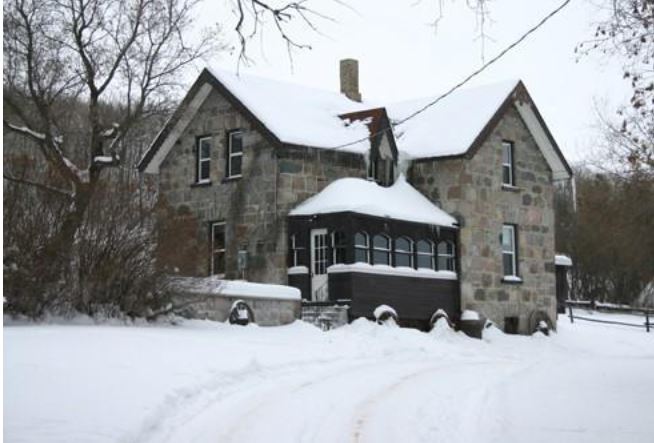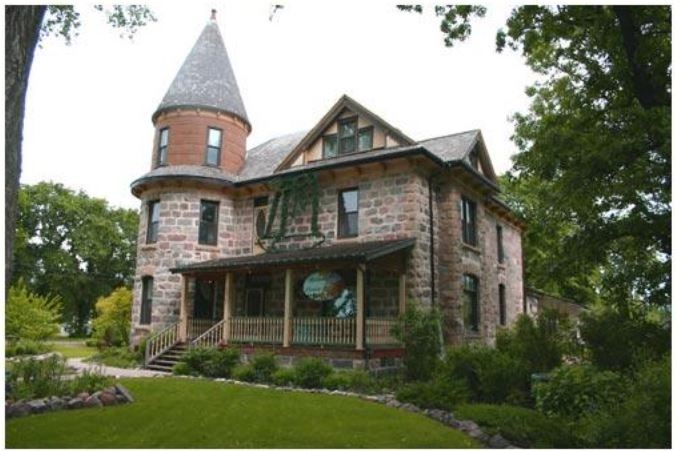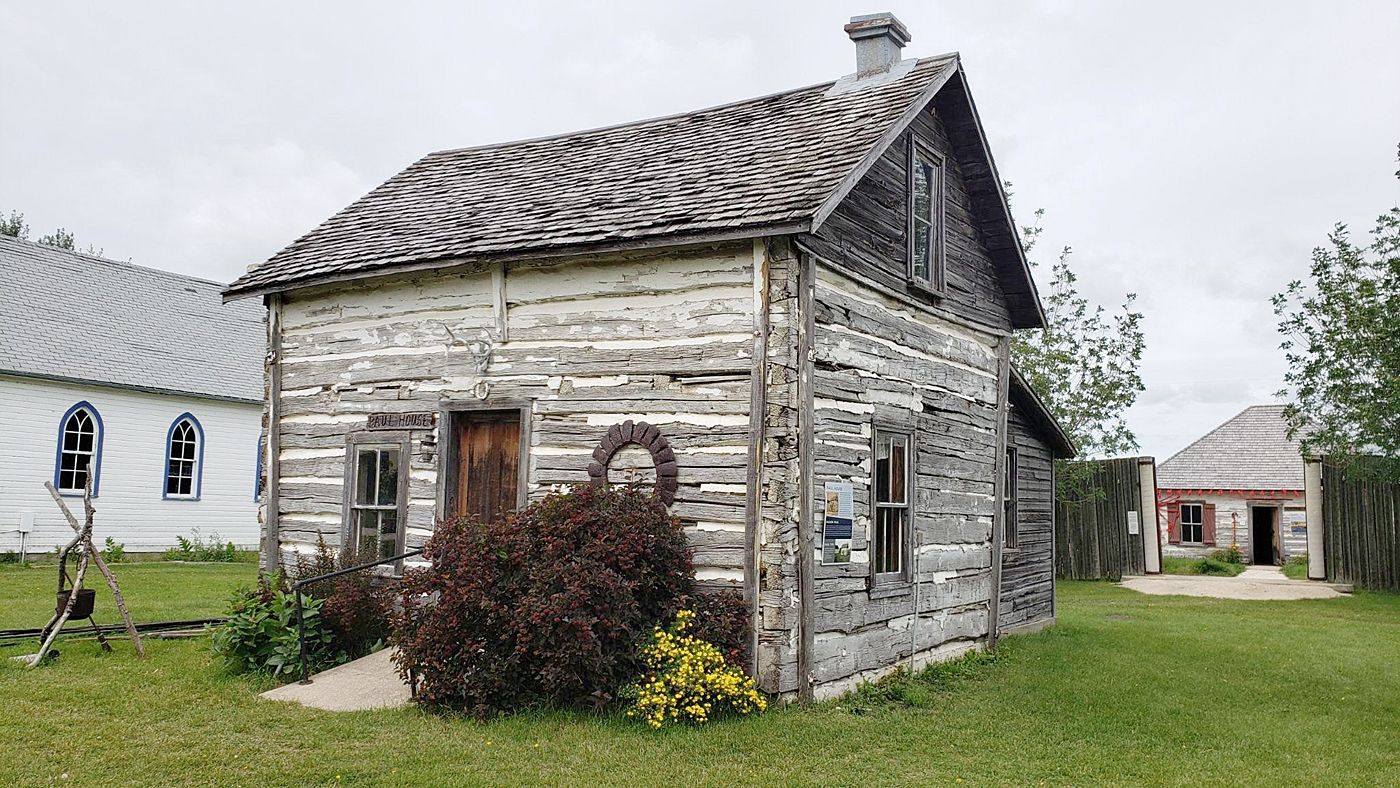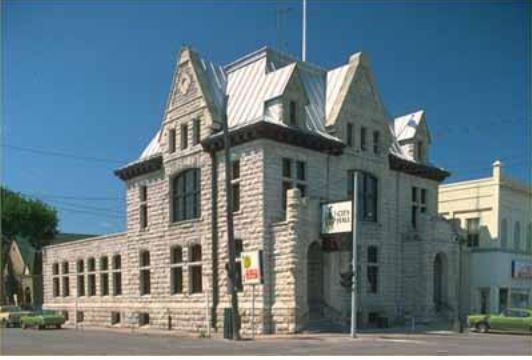
Sanja Rossi
Manitoba Through Time
Minnedosa
As we walk through the pretty town of Minnedosa, which nestles in the Highland district of Manitoba on the Southwest side of the Riding Mountain and in the deep valley of the Little Saskatchewan River, we notice impressive old buildings and at the same time appreciate the hard work and amazing construction skills of the people in the town’s early days. For a long time, Minnedosa has been a thriving town provided with the mills, elevators, good schools and church buildings.
The first houses were made from logs, natural building material provided by a plentiful supply of poplar trees.
Another important collection of heritage buildings from the pioneer’s phase was made from large granite field stones. One of the few remaining stone dwellings built in the late 1800s, a nice example of fieldstone construction is McKay house. This house was built by its first owners, Mary and James McKay.
James McKay was a stonemason and carpenter who constructed several other buildings in the area. What defines this historic place, designed in Gothic Revival style, are specific external and internal elements. Built in an asymmetrical, L-shaped plan with a large cross-gable roof and gable-roofed dormer window, this fieldstone construction allows a perfect spot for a wood-frame summer kitchen with a hipped-gable roof and original tongue-and-groove board siding.
Inside, a north-side parlour was used for a kitchen, and the living room and summer kitchen were placed on the south. Dark stained woodwork and walnut floors, and an extravagantly crafted staircase, and ornate door hardware, complete the decorative domestic aspect of Southern Ontario Gothic Revival Style.

Morden
Lying at the foot of Pembina Mountain on the west side of the Red River Valley in Southern Manitoba is the town of Morden, with the population of some 8,665 residents. The city is blessed with fine, old buildings such as the sturdy yet attractive Court house, the Arlington hotel, the Post Office, and the Land Titles Building.
There are many private homes of early frame construction, and Victorian houses made both from wood and stone, with charming verandahs.
McConnel House is a large Victorian style residence built in 1899 for Dr. B. J. McConnel, the first medical practitioner and a businessman in Morden. This house is a fine example of using primary construction material. The walls are made from cut fieldstone granite. There is a complex floor plan with rounded forms and a variety of openings, Palladian-style dormer windows demonstrate the substantial house building tradition of south-central Manitoba at the turn of the twentieth century.

Portage La Prairie
In the Central plains Region of Manitoba, approximately 75 km west of Winnipeg, there is a small and charming city of Portage La Prairie, a place with the most sunny days during the warm months in Canada. It is also one of the few places in Canada where the two national railways meet, Canadian Pacific Railway (CPR) and Canadian National Railway (CNR).
The large museum, Fort La Reine, is home to over 25 heritage buildings and is dedicated to preserving the natural and cultural heritage of the Prairies and of the City and Municipality of Portage La Prairie.
The collection of homes shows a different era of pioneer living, it covers the lifestyle of a prairie community from 1738 to 1950. There are thousands of individual artifacts including pre-European, First Nation’s and more modern collections including historic fire trucks, Fisher’s General Store, West Prospect school, two churches, hand hewn log structures and historic homes.
Other attractions are the world’s largest indoor collection of Allis-Chalmers equipment and tractors, an agricultural heritage barn and garage and Southport Military Building.

The Portage La Prairie Public Building, rehabilitated in 1960 as the Portage La Prairie City Hall, was constructed in 1896 to 1898 as the Dominion Post Office. It was designed by Thomas Fuller, the Chief Dominion Architect of the National Department of Public Works. Three architectural styles are intersected on this building. The influence of French Second Empire style reflects in symmetrical bays and flanking front entrances, the mansard roof and the classical details. High Victorian Gothic style is recognized by attention to the color and texture of the stone, and varied roofline. Completed with Richardsonian Romanesque styles, wide voussoir trim (a wedge-shaped or tapered stone used to construct an arch) over the doors and windows.

@ 2023 Pegasus Publications Inc.

